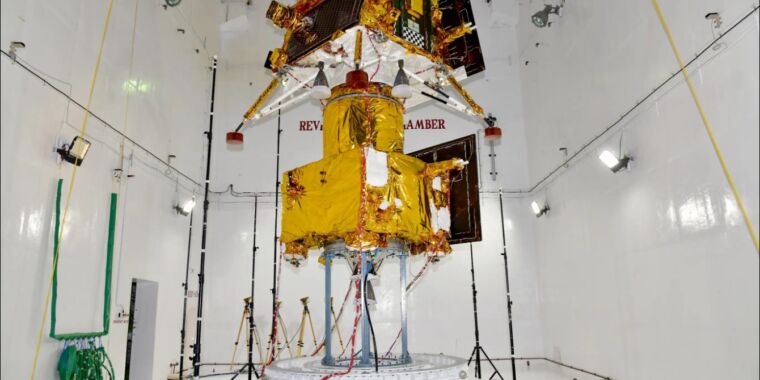The news is full of it, excitement seems high, and I really don’t get it. I’m not against space-related research, but why suddenly the moon? And why send people there? Can someone fill me in on what’s to be gained or why one might be excited about it?
Allow me to use the linked article for my questions.
There have been three primary drivers of renewed interest in the Moon. The first was the discovery and confirmation in the 1990s and early 2000s that water ice is likely to exist at the lunar poles in permanently shadowed craters. The presence of abundant water, providing oxygen and hydrogen resources, has given space agencies a new reason to explore the poles.
Yea but so what? Hydrogen is literally the most common thing in the universe, no fucking way there is also some on the moon 🤯. Then what’s so spectacular about moon ice, water, or even oxygen? And why does it need people to explore it?
A second factor has been the rise of China’s space program, which has sent a series of ambitious robotic missions to the Moon that have both landed on the far side and returned samples from the lunar surface. China has made no secret of its interest in sending astronauts to the Moon, leading to competing efforts between NASA’s Artemis Program and China’s lunar station goals.
Again why? Is this some repetition of the Cold War Soviet-US competition?
Finally, there has been some interest from private companies in the commercial development of the lunar surface, both to exploit resources there but also for other purposes. This has stimulated investment in private companies to provide transportation to the lunar surface, including ispace, Astrobotic, Intuitive Machines, and Firefly.
Exploiting resources has to be a joke, right? Do they want to sell us the newly found moon water? The only point I get is the tourism aspect. Because, of course, I always encourage billionaires to pursue dangerous hobbies 😊



How is He3 a good fusion fuel?
There are two possible uses of He3 in fusion power.
Deuterium + Helium-3 yields the highest energy of possible fuels.
Helium-3 + Helium-3 lower yield but produces no neutrons. This makes designing a fusion power plant much easier.
Yes, but the probability of fusion is lower and also requires 5 times more energy for fusion to occur.
https://youtu.be/2DzKXN1pcwY?t=189
Thus, it requires a lot higher temperature to get the same result as D-T fusion.
https://youtu.be/2DzKXN1pcwY?t=515
The video doesn’t talk about He3-He3 fusion, though.
Here is an alternative Piped link(s): https://piped.video/2DzKXN1pcwY?t=189
https://piped.video/2DzKXN1pcwY?t=515
Piped is a privacy-respecting open-source alternative frontend to YouTube.
I’m open-source, check me out at GitHub.
The biggest issue we have with D-T fusion power is the supply of Tritium.
“Roughly one in every 5000 hydrogen atoms in the oceans is deuterium, and it sells for about $13 per gram. But tritium, with a half-life of 12.3 years, exists naturally only in trace amounts in the upper atmosphere, the product of cosmic ray bombardment. Nuclear reactors also produce tiny amounts, but few harvest it.”
“In order to breed tritium you need a working fusion reactor, and there may not be enough tritium to jump-start the first generation of power plants. The world’s only commercial sources are the 19 Canada Deuterium Uranium (CANDU) nuclear reactors, which each produce about 0.5 kilograms a year as a waste product, and half are due to retire this decade.”
Source
There is no easy path to fusion, there is only ~25kg of Tritium on earth, while there are millions of kg of He3, but it is on the moon.
Neither option is ideal.
I’m sure they’ll get enough to start at least experimental fusion reactors. And if experimental D-T reactors are too difficult to make so they produce electricity, then there’s no chance we can make one using much less efficient fuels.